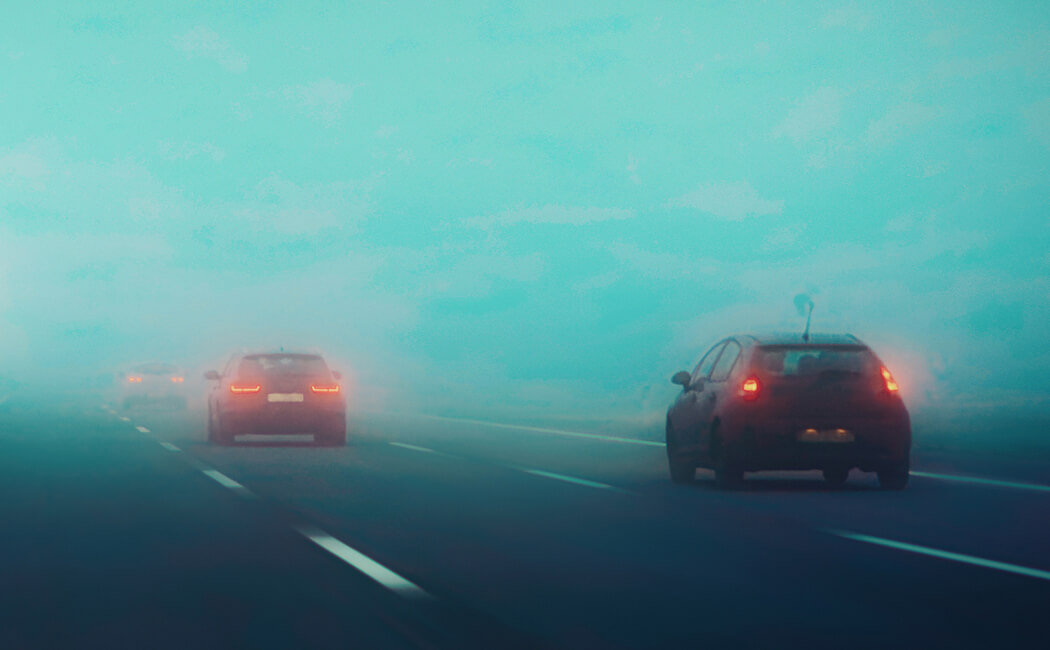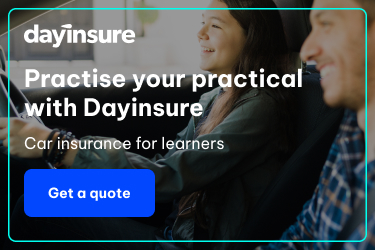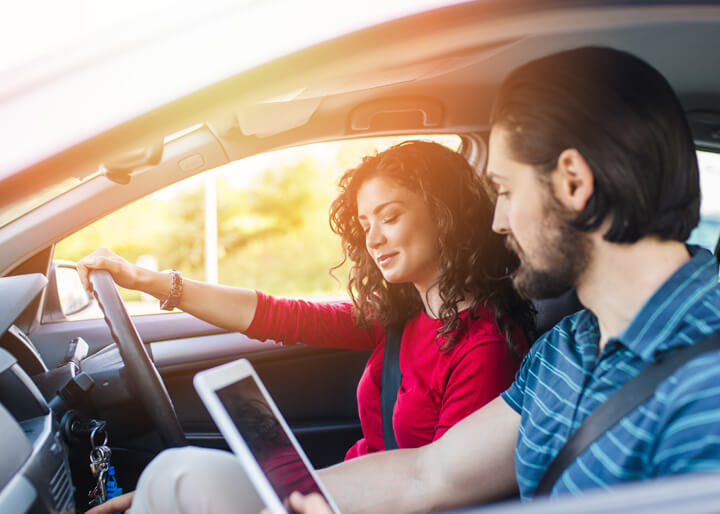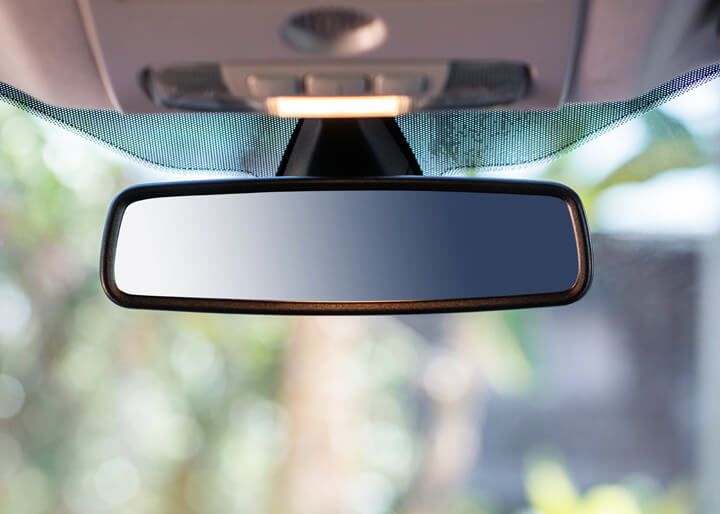How to drive safely in the fog!

As this time of year is extremely unpredictable when it comes to the weather, we thought we would cover all bases! And something that isn’t addressed that much when learning to drive and also as newly passed drivers is how to adjust your driving in the fog.
The concept of reduced visibility when driving is a terrifying thought as it is, never mind when you are still building your confidence on the road. But, with our tips and advice, you should feel more confident in getting from A to B in different conditions.
We aren’t going to lie to you and say driving in the fog is easy, but it does make things difficult and in some cases dangerous. It is reported that there are more than 500 fatal car accidents per year linked to fog so please take a moment to read these tips not only for yourself but for your friends and family who you think may benefit too.
- Think about your distance.
Leave PLENTY of space between you and the car in front of you. Restricted visibility means longer reaction time which goes in hand with longer braking time. Pair these foggy conditions with icy roads and dark nights, you will be thankful for that space if you do need to come to a sudden stop! - Turn them wipers on!
Remember to use your windscreen wipers and defrosters to your advantage. Not a lot of people know that fog creates moisture on your windscreen and this will cause glare, making it even harder to see. Help yourself the most that you can by turning both these things on. - LIGHTS!
Most cars have an automatic light feature where when it is nighttime, your headlights will come on. But these settings do not detect fog, so please remember to manually turn your fog lights on to help you see better and to help others see you clearer too. If your lights are looking a bit dim take them to be checked at a garage as your bulbs might need replacing. Every little helps when driving in foggy conditions. - Don’t rely on other road users.
It may seem tempting to rely on the car lights in front of you as a guide. But this can make you focus too much on the narrow bit of road in front of you and not on what else is going on around you. Having your eyes glued to the road isn’t helpful in the best of times, as you still need full attention on what’s going on around you, so make sure to continue looking at your surroundings. - Give cruise control a hard pass.
Fog in winter screams surprise slippy spots on the road, so you’re going to want to have all the control of your vehicle as you can get. We would recommend opting not to use this function when it is foggy as it is dangerous and every second counts. - Use road markings to your advantage.
As mentioned earlier, don’t drive with your eyes glued to the road, but do use the left side of the road to follow as a guide. This will help with road positioning if road visibility is really bad. Also, don’t be scared to slow down and drive more carefully. - Don’t be intimidated by other road users.
I know, easier said than done when you are new to this driving thing, but believe me, driving under pressure and when you’re distracted by the driver behind you is far more dangerous than driving steadily and in your own time. If the car behind becomes too close, resist the urge to accelerate. Stick to a sensible speed; even if other road users do not. If they do start to bother you when it is safe to do so, pull up on the side of the road and let them overtake you. - Use your hazards.
If you’re needing to pull over for any reason, go as far as you can to the side of the road or hard shoulder. This will keep you tucked in and safe from other cars. Signal in plenty of time and brake gradually, not suddenly. Always remember to put on your hazard lights when you have stopped. - Is the trip really necessary?
If the fog is particularly bad, ask yourself the question, do I really need to make this trip? If the answer is no, don’t risk it, stay home. If you do need to leave the house then follow the tips in this article.
Remember, the speed limit is not a target, drive at a speed you feel most comfortable at during these conditions.
If you have any other tips that you recommend for new or nervous drivers, please send them to [email protected].


